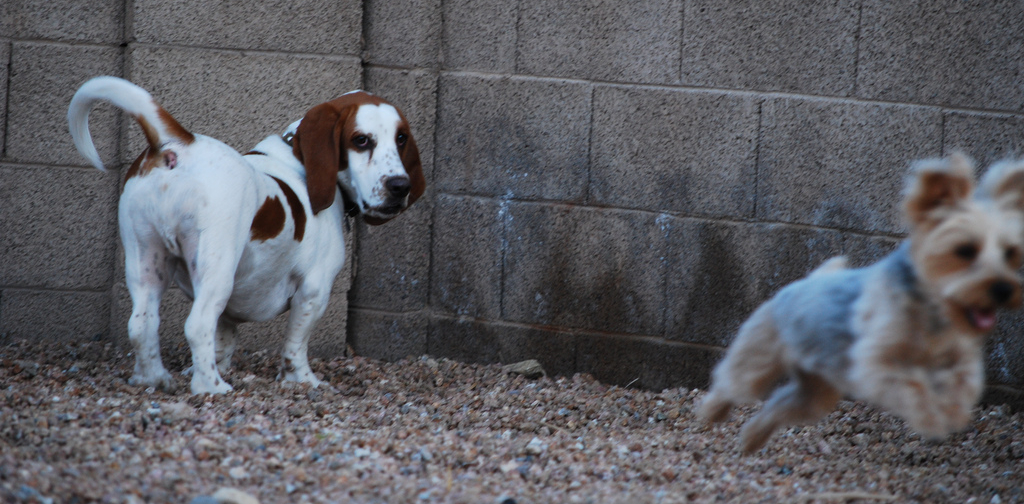
Image credit: lizzie1326, flickr
Jealousy in Dogs – CR. Harris, C. Prouvost, PLoS ONE 9(7): e94597
It is commonly assumed that jealousy is unique to humans, partially because of the complex cognitions often involved in this emotion. However, from a functional perspective, one might expect that an emotion that evolved to protect social bonds from interlopers might exist in other social species, particularly one as cognitively sophisticated as the dog. The reported experiment adapted a paradigm from human infant studies to examine jealousy in domestic dogs. The authors found that dogs exhibited significantly more jealous behaviors (e.g., snapping, getting between the owner and object, pushing/touching the object/owner) when their owners displayed affectionate behaviors towards what appeared to be another dog as compared to nonsocial objects. These results lend support to the hypothesis that jealousy has some “primordial” form that exists in human infants and in at least one other social species besides humans.
Need help with this article? Discover more with the Scientific Literacy Tool
Get the Scientific Literacy Tool
